Sustainable architecture is one thing but structures made of mushrooms and microbes are a whole new level! The Living is a New York-based innovative studio that puts biology, computation, and sustainability at the core of their work. They designed a structure from mycelium which is what NASA is experimenting with for housing on Mars and now they have designed ‘Alive’ – an architecture prototype to promote various microbial communities through the calibration of grain, light, and airflow. It showcases the idea of living together with concepts related to different microbial communities, as well as to different human communities. Experience it virtually here!
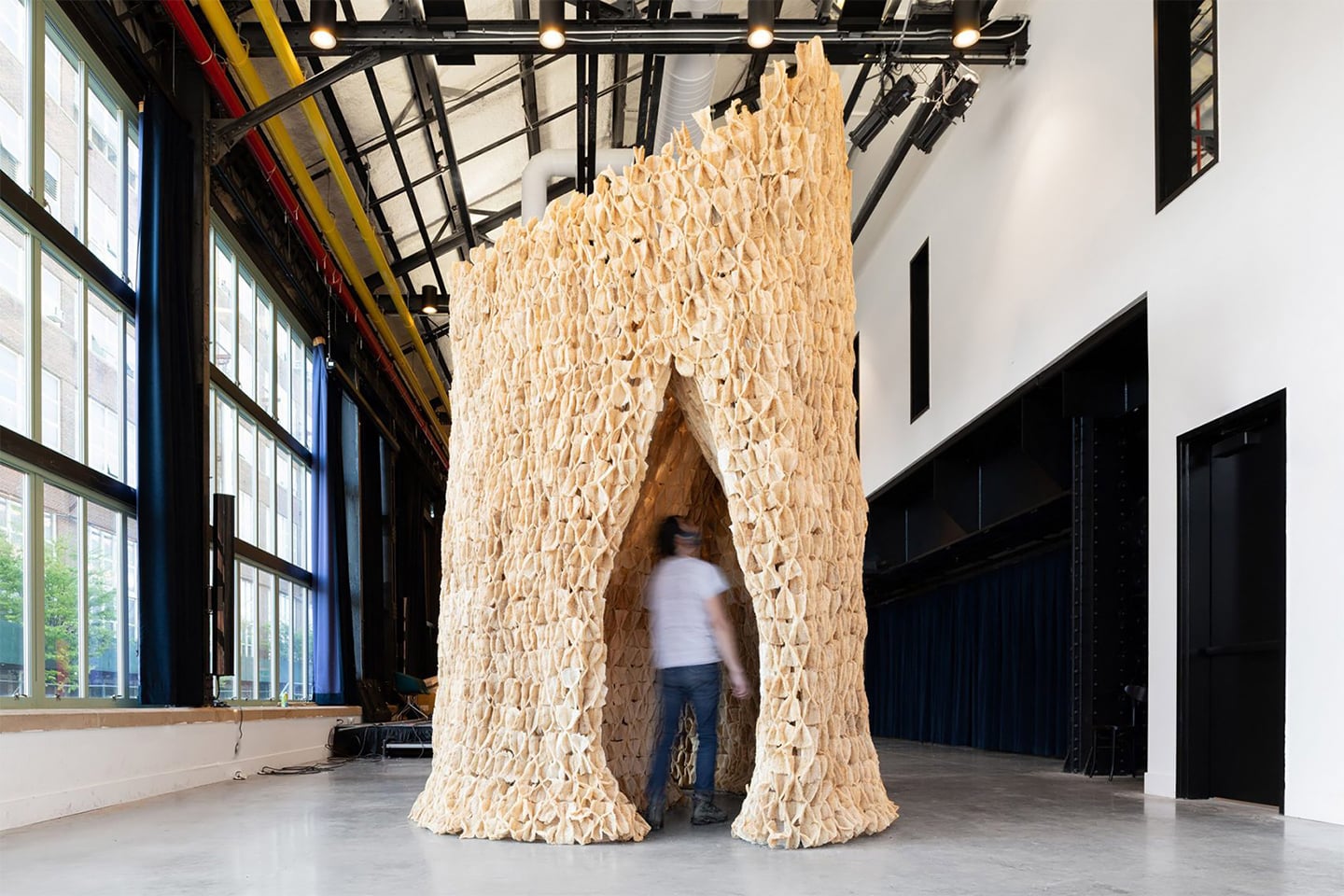
Alive is pushing the boundaries for probiotic buildings and multi-species architecture. The installation is exhibited at the Venice Architecture Biennale to demonstrate how organic materials with microbial properties could be used in architecture to help create healthier environments for humans. It has a room made of rough organic, porous material that provides a large surface area and many different microclimates for various types of microbes. Alive also includes macro-spaces for humans and micro-spaces for microbes, as well as material interfaces for exchange between these different species.
The unique structure represents an evolution of ongoing research by The Living, the team constantly works with biologists and academics to explore the potential of multi-species architecture and how best to harness the microbes that surround us all the time. Advances in biological technologies such as bio-computing, bio-sensing, and bio-fabricating are offering new opportunities for using living organisms in architecture.
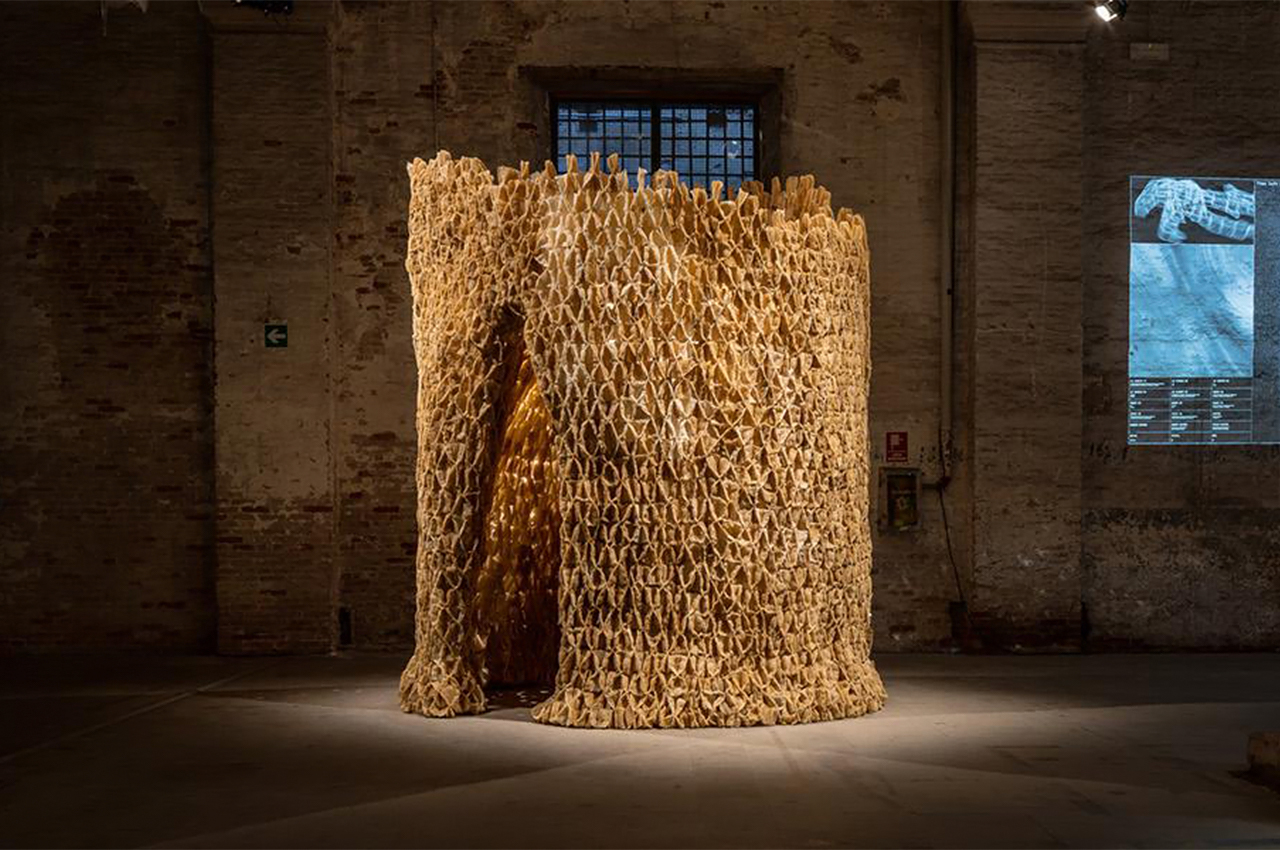
“As a society, we are increasingly aware of how a good gut microbiome promotes individual health, and in a similar way, it is now clear that a good urban microbiome promotes public health. This means that instead of creating architecture and spaces that are sterile and antibiotic, we should develop environments that are alive and probiotic,” said David Benjamin, Founder and Principal at The Living.
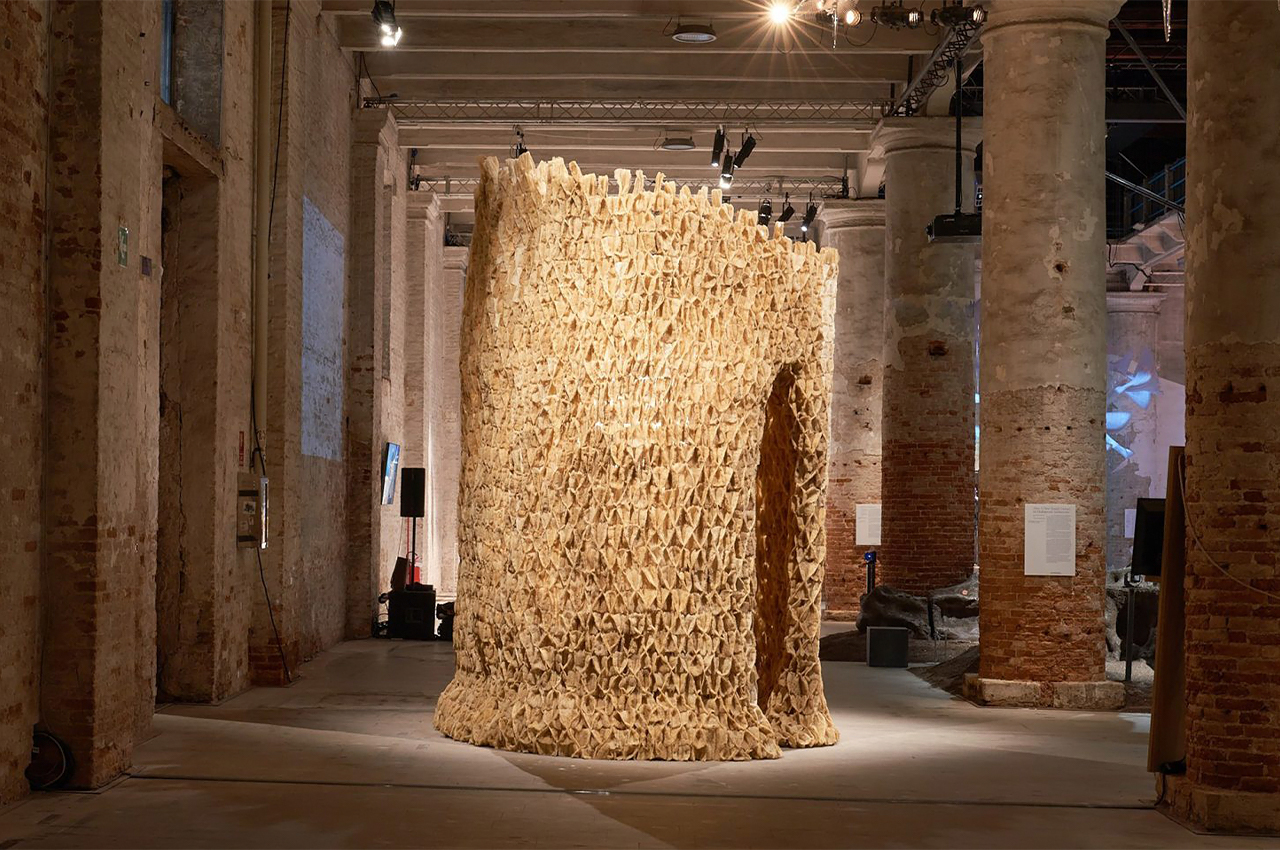
This structure shows potential for creating urban microbiomes that would help cities evolve their architecture into more sustainable development by using bio-receptive materials for construction instead of concrete which would also cut down heavily on carbon emissions. The construction industry contributes to more than a third of the global carbon emissions and most of it comes from concrete!
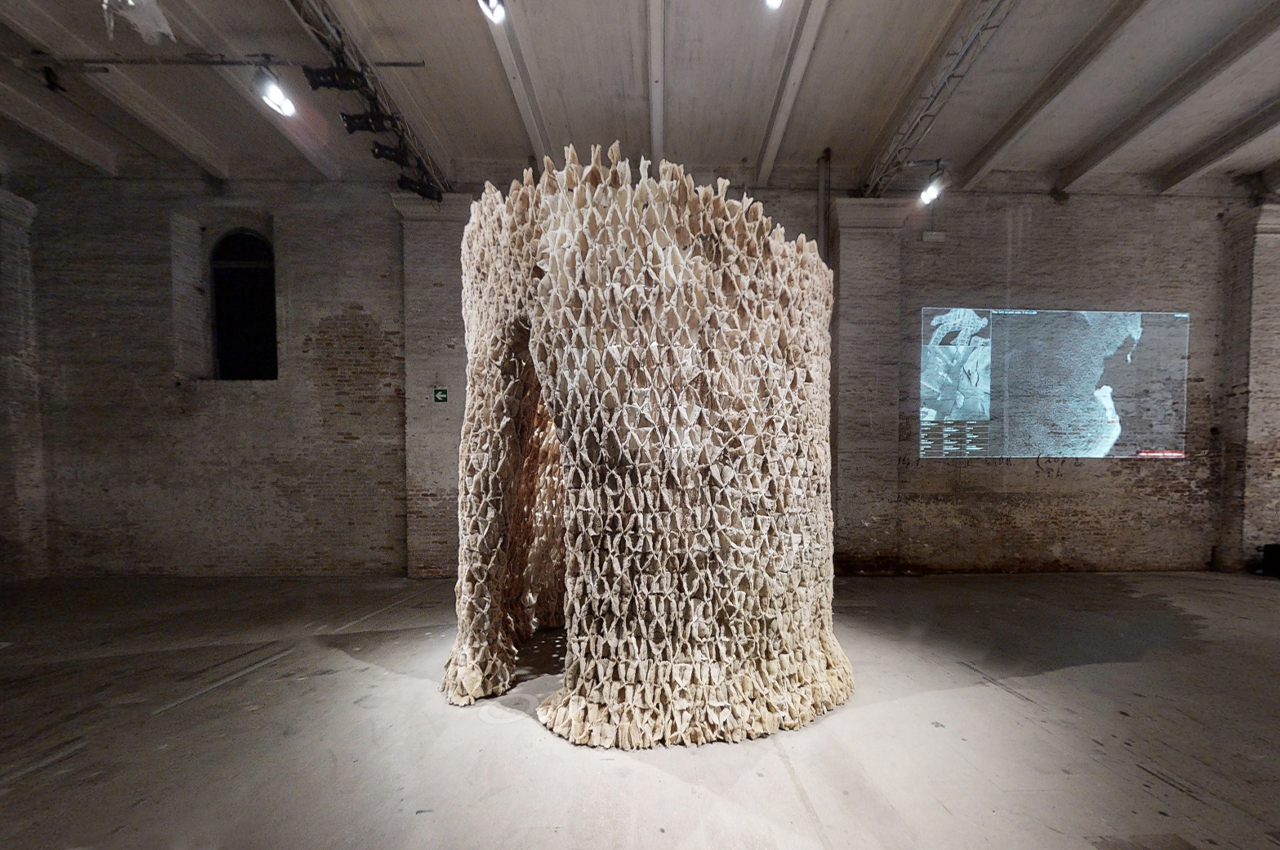
Bio-receptive materials trap and host microorganisms in surfaces containing pockets with different temperatures, moisture levels, airflow and nutrients. These organic, living materials support colonies of microbes that in turn promote the health of people in their vicinity. This is a sustainable, natural and organic alternative construction material that works for both humans and the planet.
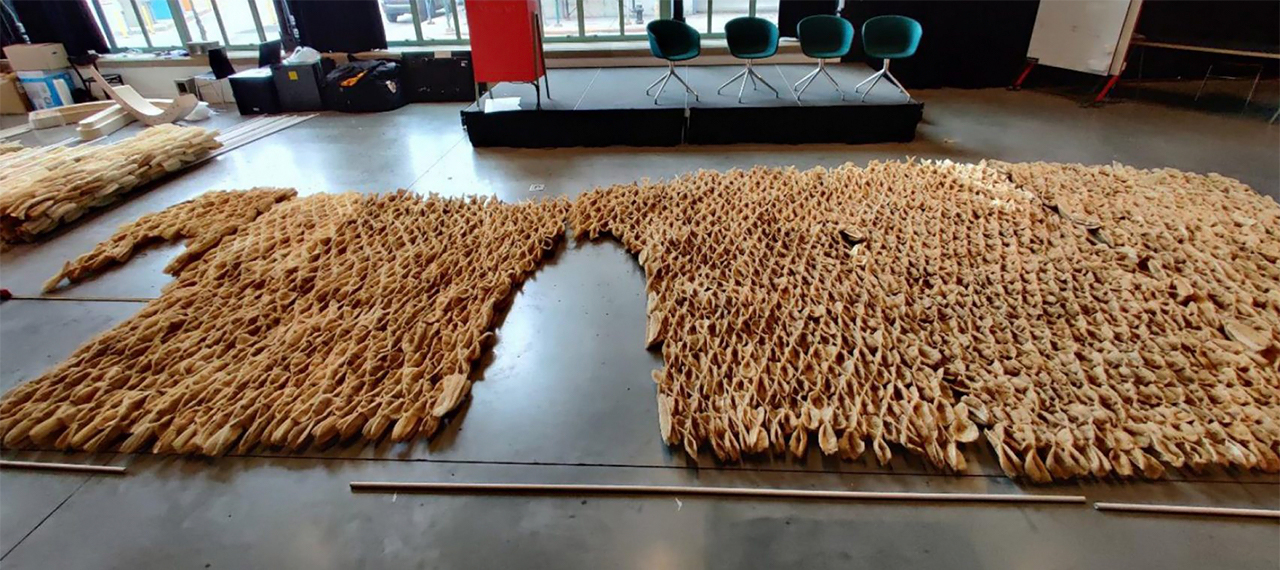
The Alive installation is constructed from dried fibres of luffa – an inexpensive, renewable and fast-growing vegetable that grows on vines in tropical and subtropical regions. Luffa’s fibrous surfaces form a strong and organic material that is ideally suited to hosting diverse microbes and could be easily adapted to form panelling products or partitions for use in architectural projects.
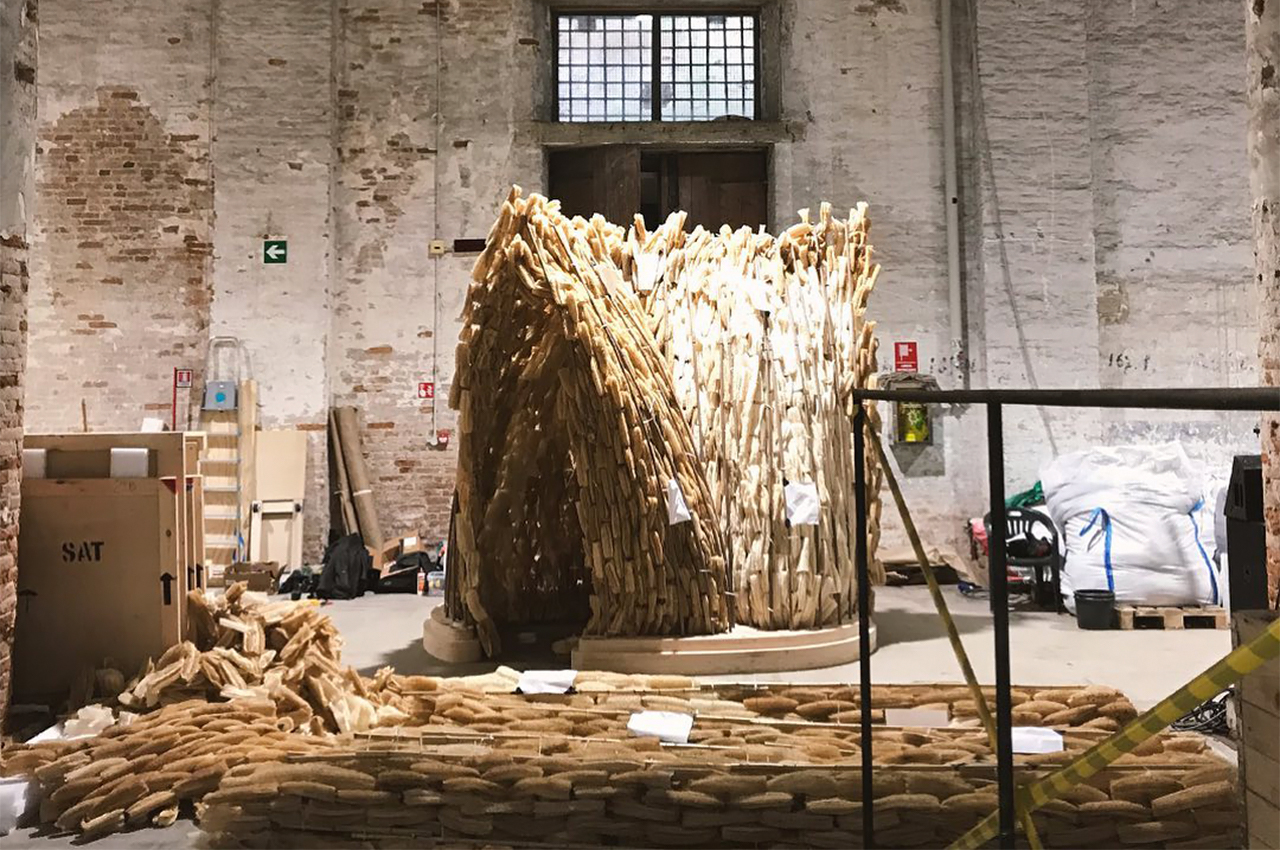
“The project is a prototype for the architecture of the future, but at the same time, it is relevant to current buildings. It can be easily adapted into many environments like today’s offices and restaurants, with partition walls and acoustic tiled ceilings, or tomorrow’s buildings with microbial facades that remove pathogens from the air,” adds Benjamin.
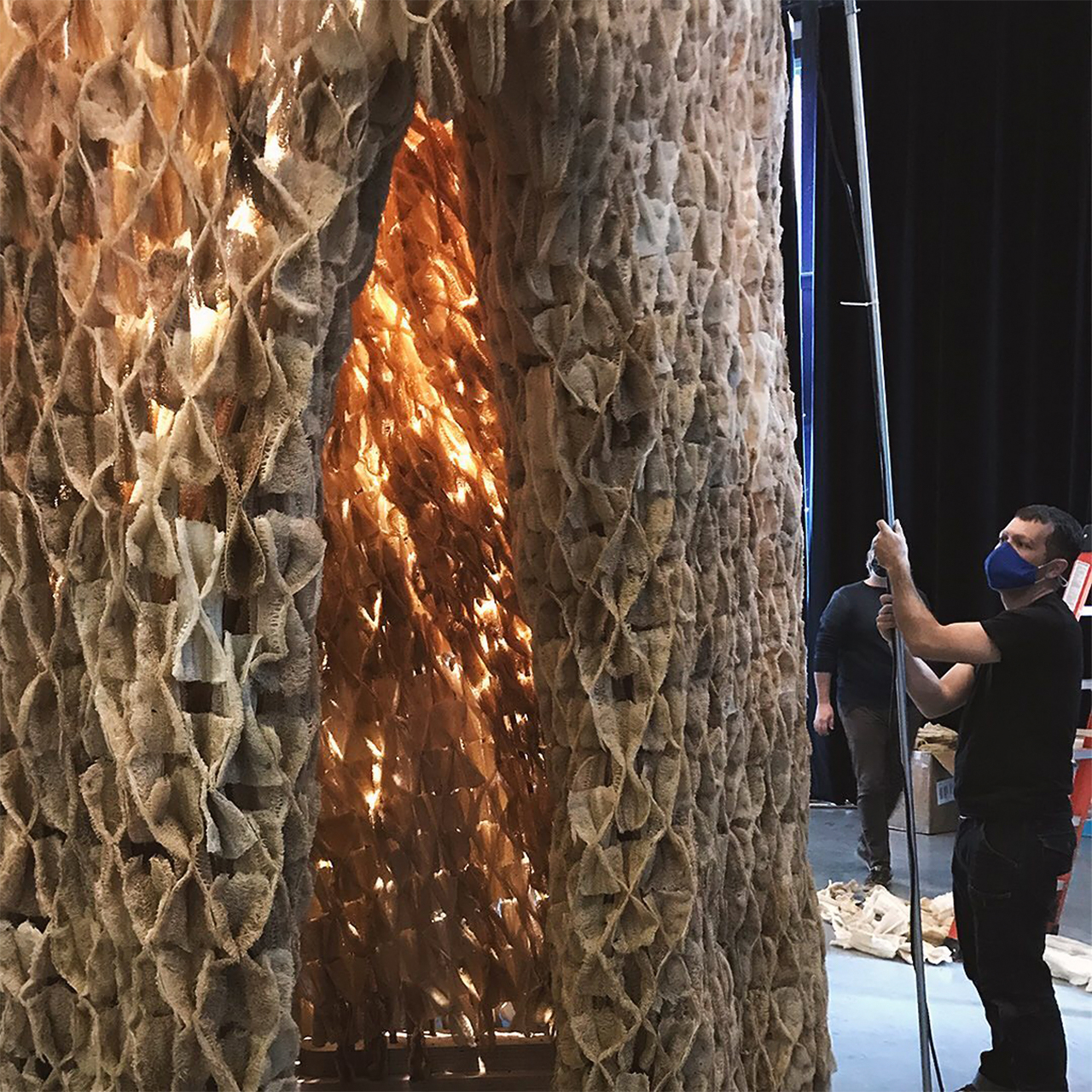
The design promotes the architectural potential of luffa and other probiotic materials while also creating spaces that allow different levels of light and airflow. Researchers and previous collaborators Kevin Slavin and Elizabeth Henaff will use a DNA sequencer to determine what species of bacteria lived in the material to continue the research and make this a material that can truly be used beyond exhibitions. Alive is truly eye-opening, with combined efforts of designers and scientists it is possible to find sustainable alternatives that can be scaled to solve bigger problems!
Designer: The Living
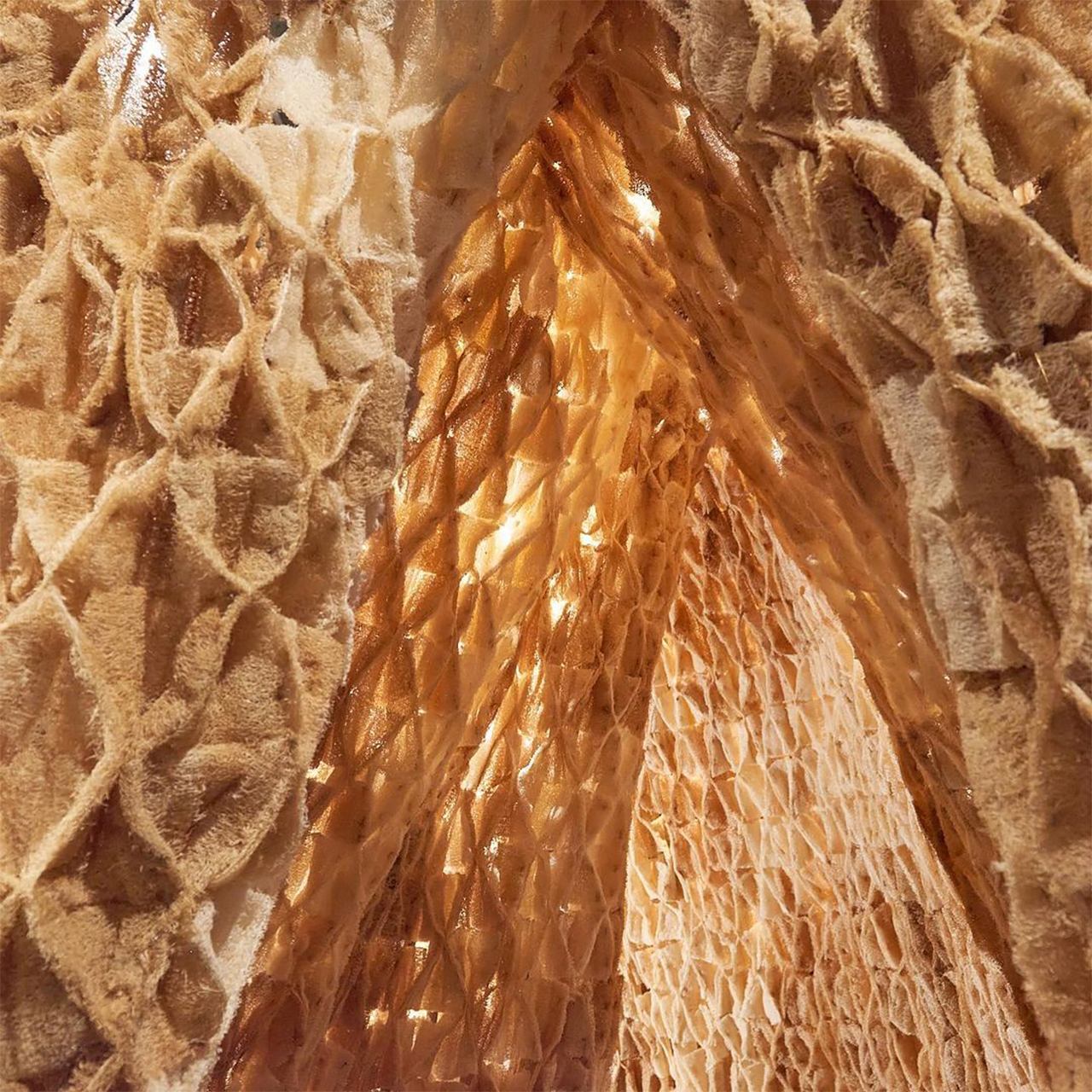
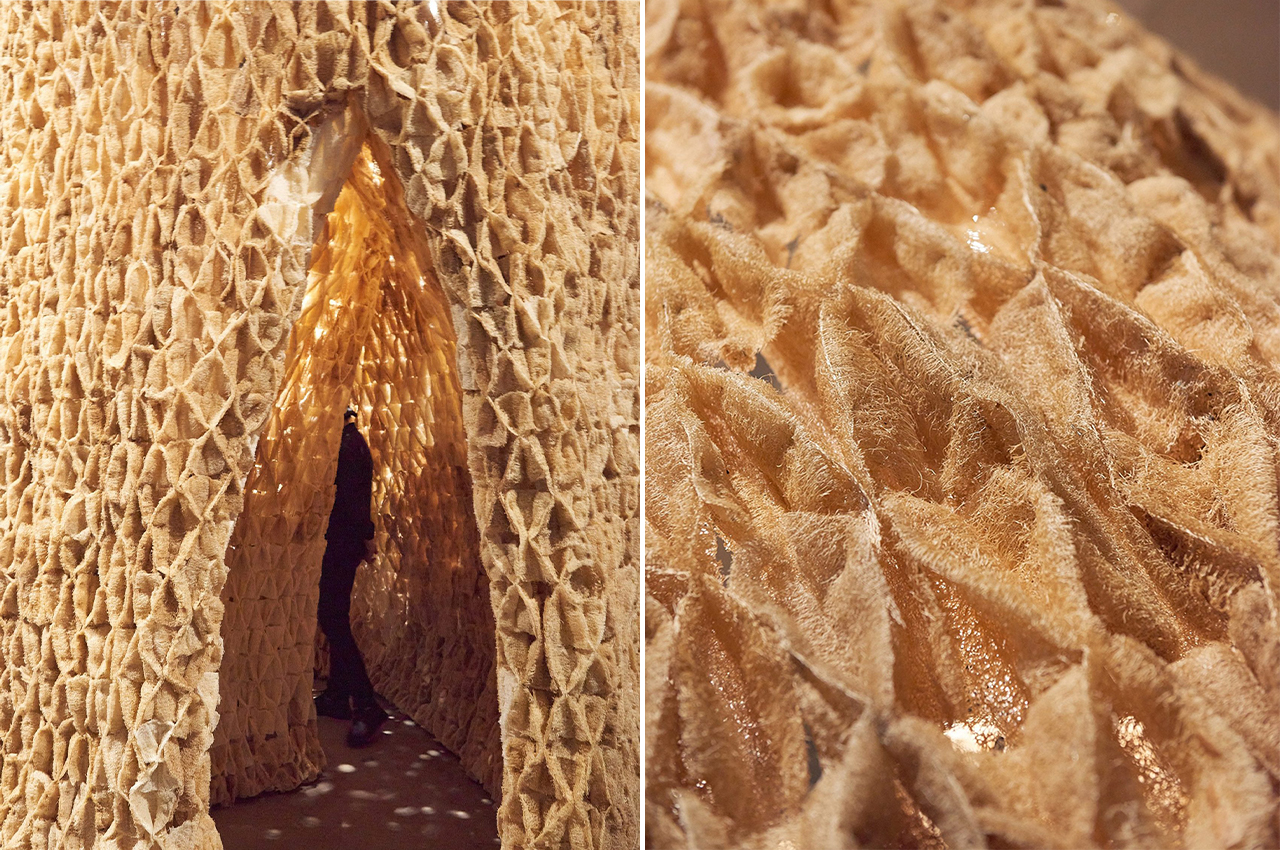
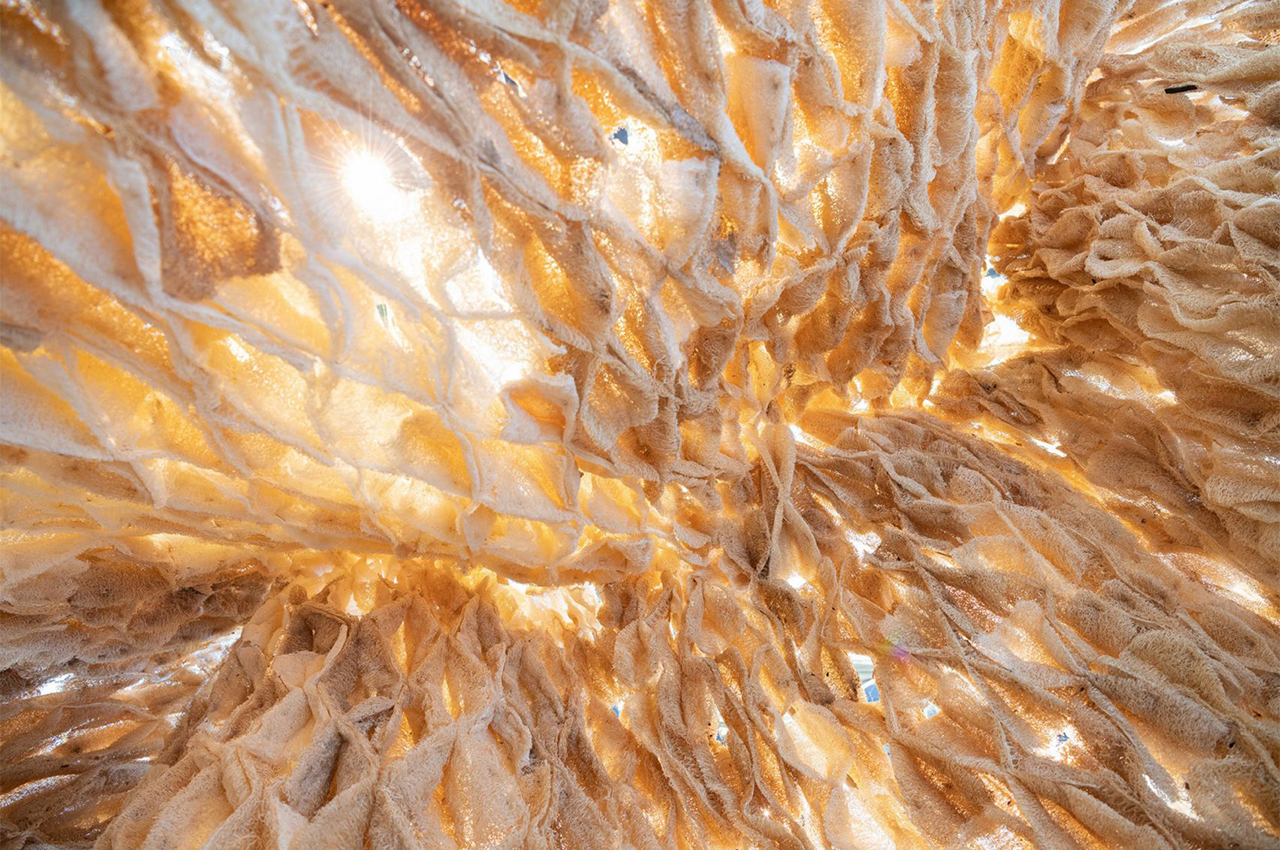
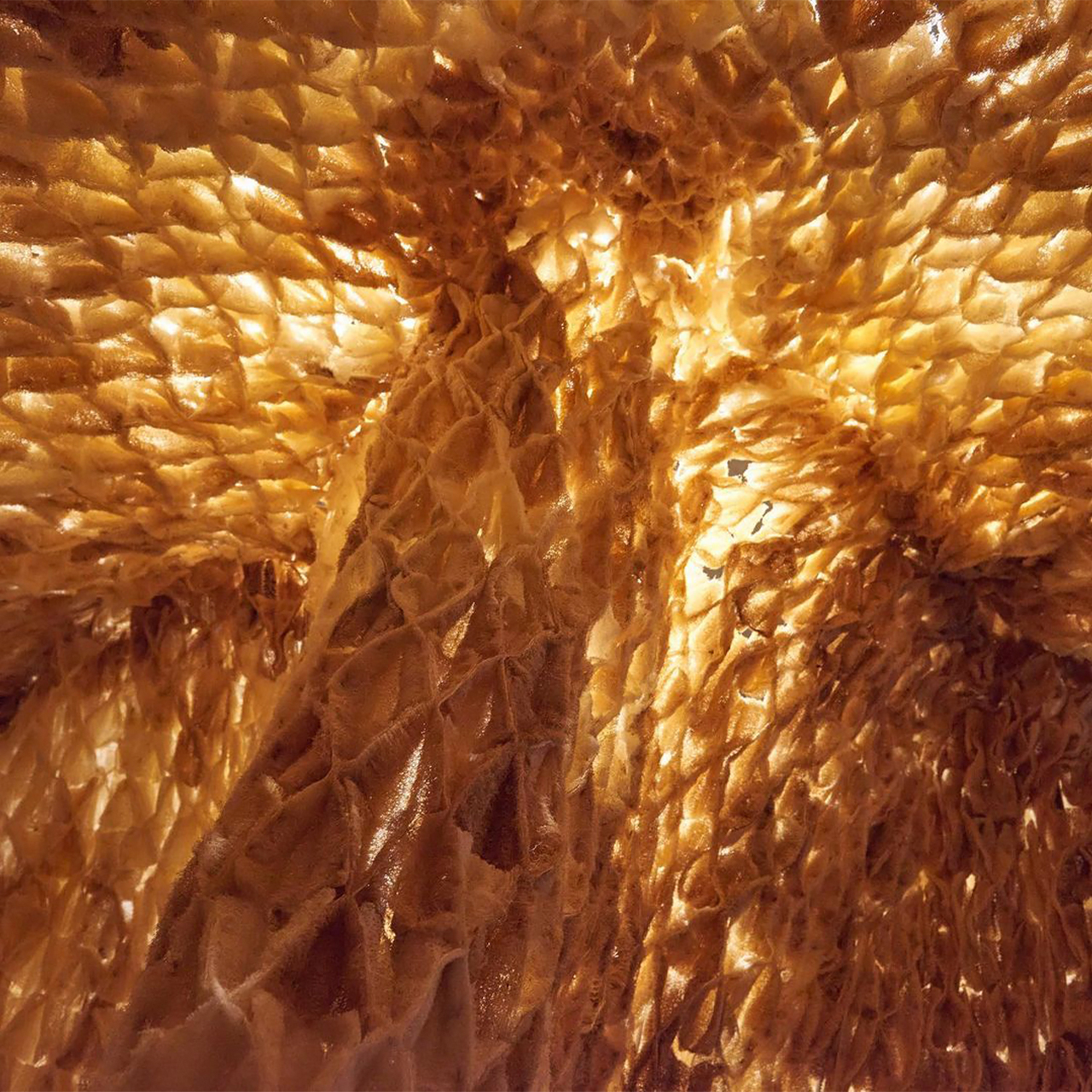
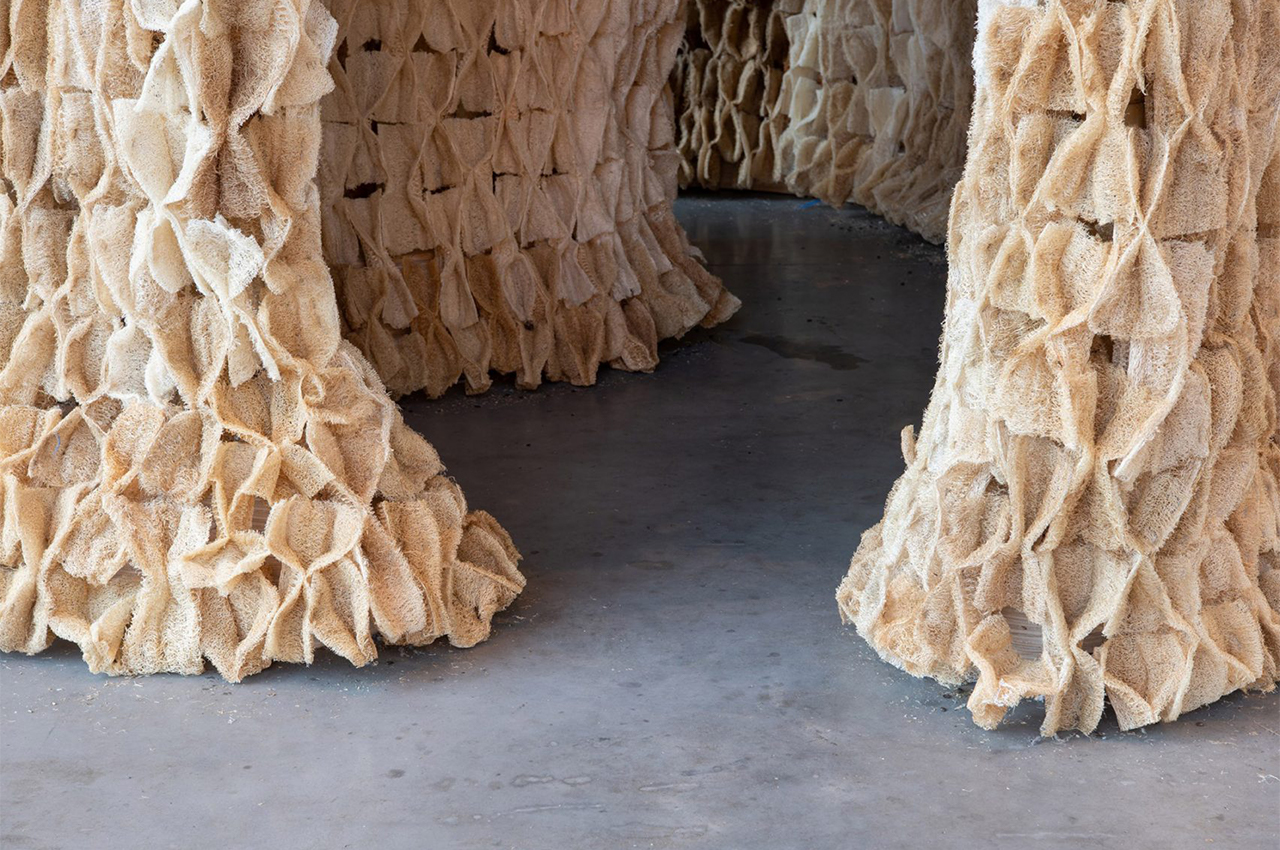
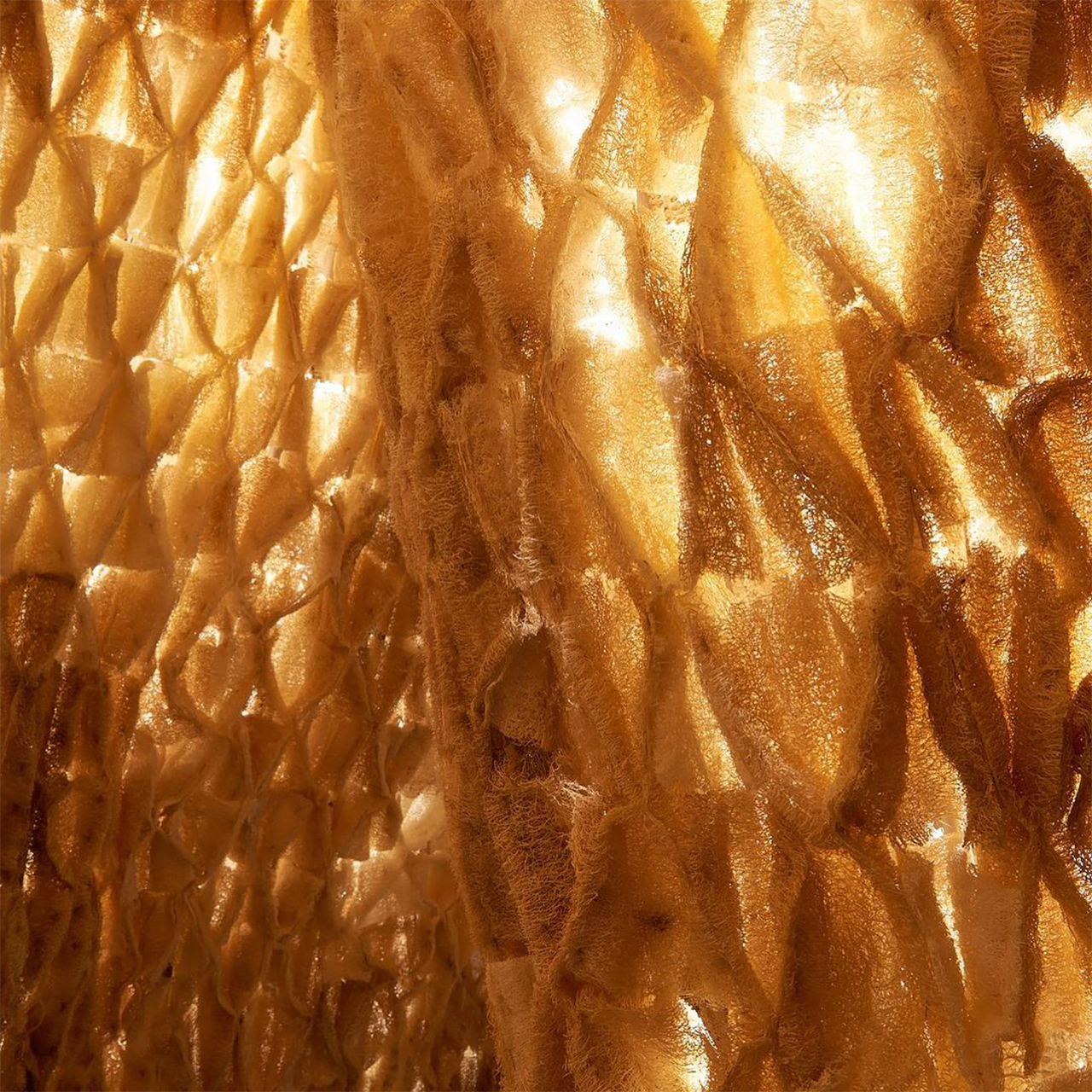
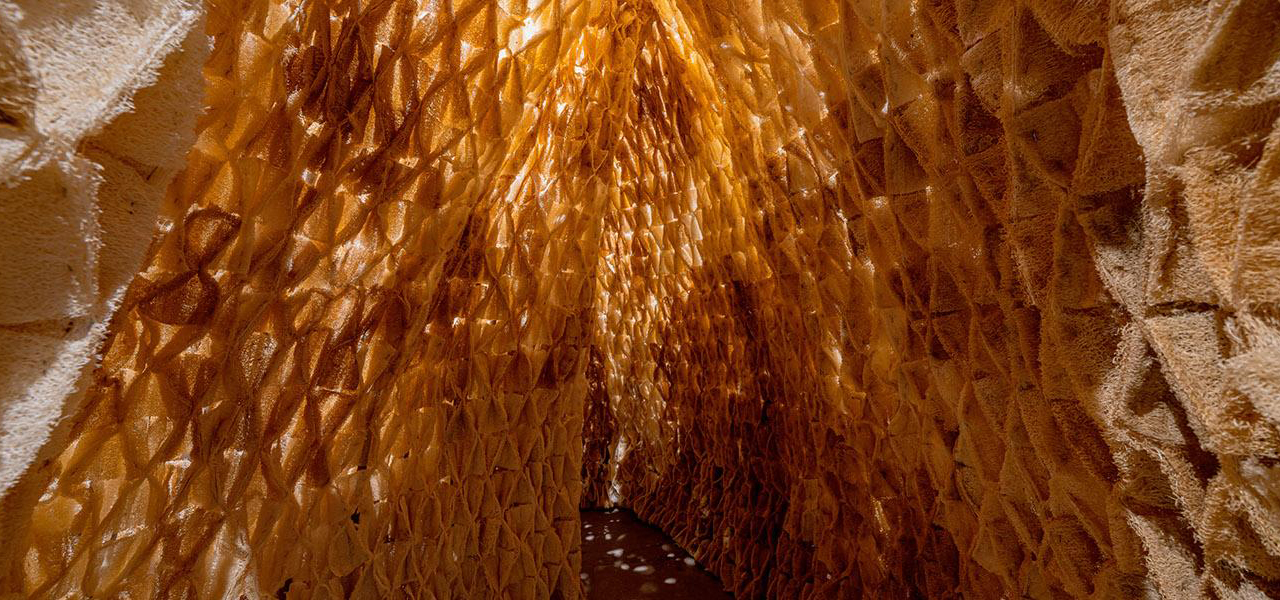
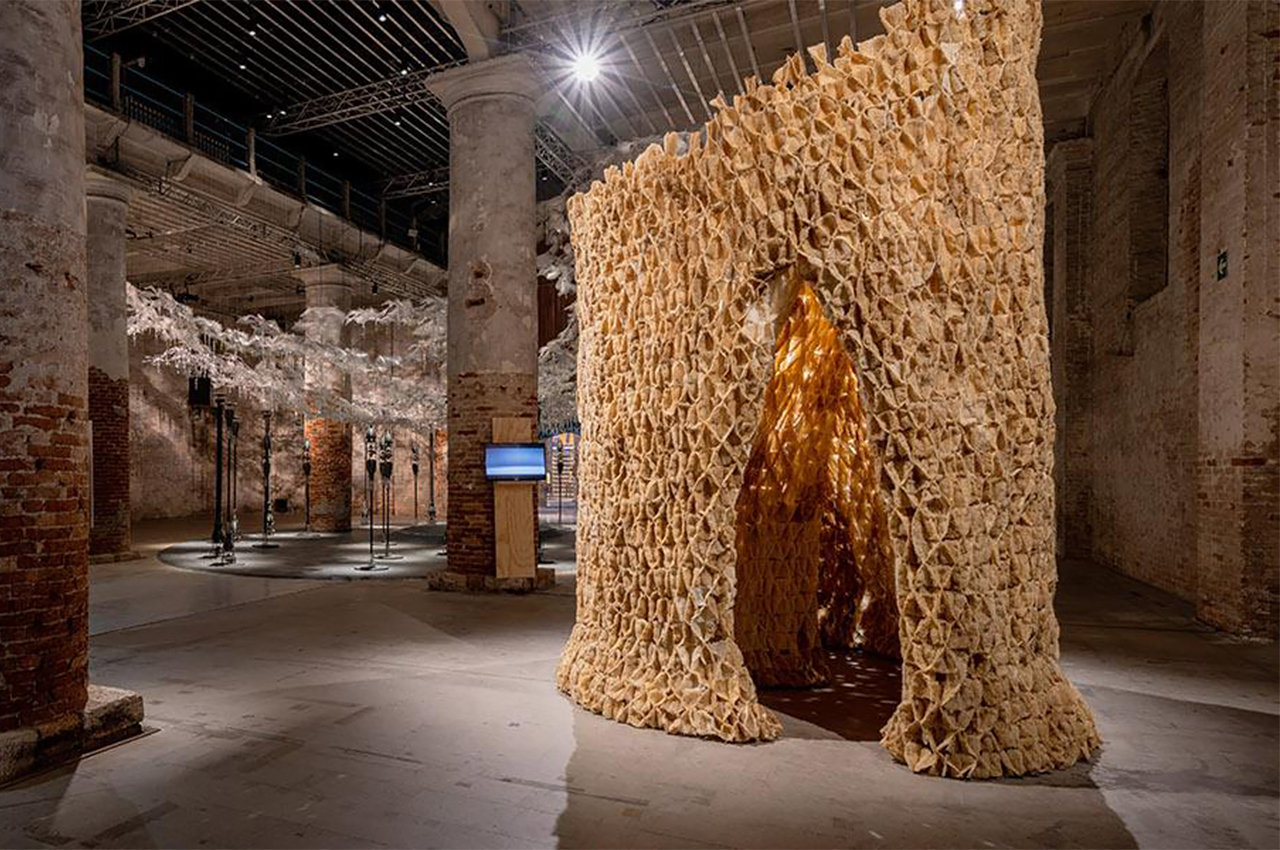



 One of the major drawbacks to renewable energy sources like wind and solar is that we don't have an effective way to store excess energy. When the wind blows, we might have more than enough energy to feed the grid, but we can't store the surplus. The...
One of the major drawbacks to renewable energy sources like wind and solar is that we don't have an effective way to store excess energy. When the wind blows, we might have more than enough energy to feed the grid, but we can't store the surplus. The...



